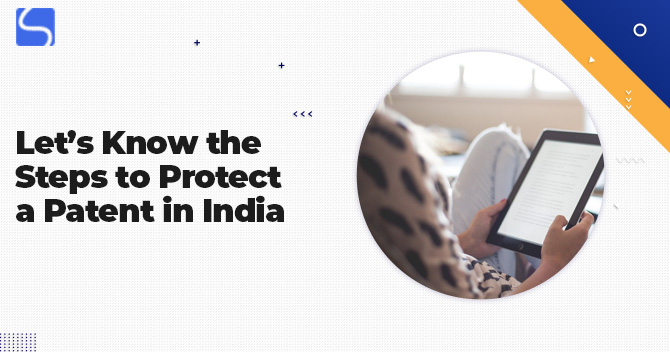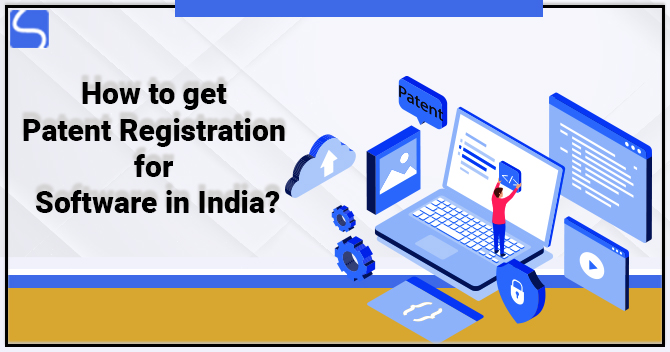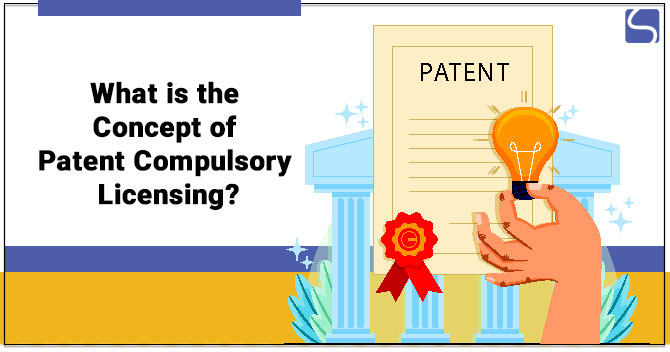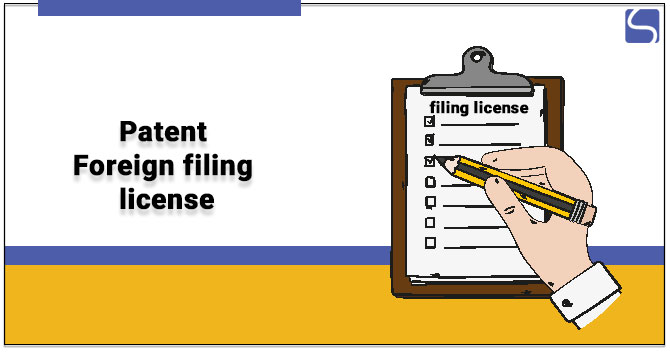Let’s Know the Steps to Protect a Patent in India

Karan Singh | Updated: Jun 14, 2021 | Category: Patent
Patents, among other IPR, are one that takes a comparatively long time to protect. The first question that comes to the candidates’ minds before applying for Patent Registration is how can we protect a Patent and the rights of the Patent owner against Patent Infringement. The process to protect a Patent has different time restrictions and has deadlines. Therefore, it is suitable to take help from a professional to protect a Patent.
Table of Contents
Agreement of Non-Disclosure to Protect a Patent
It is vital that the candidate demands a Non-Disclosure Agreement (NDA) prior to appealing with any company in order to protect their invention before disclosing it. Once the candidate has proceeded with the firm selection and has signed the NDA, the next step to be deemed as a Patentability Search, also mentioned as a prior art search.
This search is not compulsory, but it is recommended as it aids assess the Patent application strength and helps to estimate the invention patentability. Also, a prior art search shows whether the invention is patentable or not should be based on the three predefined criteria as shown below:

Originality shows that an invention for which Patent is being applied should not be similar to other inventions in a single way or more that are already there in a public domain. The individual in a similar field of proficiency should look at the invention and is find it to be unanticipated, then only can be granted as a Patent.
For example, the individual who has invented the table for the first time was known to be an actual inventor. If someone applies for a Patent for a table with a circular top as opposed to a square top. Then it’s a matter of debate that the skilled carpenter would say that the peak of the table could be of any shape is not actually an inventor or any improvement on the previous invention and therefore it is not an apparent invention.
What are the Steps to Protect a Patent?
Step 1: A Patent Registration application can be made conditionally or completely. A provisional Patent application is known to be a temporary application that is usually filed when an invention is not finalised. It delivers an application period of twelve months to finalise the finer details and deliver the complete specification application.
Step 2: Once the Patent application is filed, it will take around eighteen months to have an application enter publication. Once the Patent application enters publication, a demand for an examination can be filed. But, some provisions decrease the time of eighteen months usually taken for the publication by filing the request early publication.
Step 3: An examination request can be filed within 48 months from the priority date. Indian Patent Office (IPO) shall not inspect an application until the examination request has been filed. Therefore, it’s an essential step to be followed.
Step 4: Once the Patent Office receives an examination request, the Patent application is placed in a queue for the inspection. Once the Patent examination has been inspected, the Patent Office will either be of the opinion that the invention and application please all the necessities will subsequently be granted as a Patent, or there will be oppositions raised through the First Examination.
Step 5: The candidate has a time of six months to respond to the FIR from the issuance date. It’s always recommendable to file the reply as soon as possible so that the Patent Office can examine the response & issue another examination report if required. The timely response is vital since a candidate have a total of six months from the issuance date of the First Examination Report to reply to all the examination reports if there is more than one.
Step 6: There is an extra provision of requesting the hearing after a First Examination Report. Post the filing and hearing response to the examination report. The candidate desires to appeal against the Patent Office decision of declining the Patent application. Then they can reach out to the IPAB (Intellectual Property Appellate Board), which is permitted to hear such appeals.
It is crucial to know that the steps don’t involve that candidates or their representatives must wait to file an examination request until the application has been published. The request for early publication or request for an examination can be filed with the application of Patent.
Expedited Examination Request – Protect a Patent
According to the current rules, the eligibility criteria for the expedited examination should be prolonged further as follows:
- Small company;
- A Government undertaking in the case of an Indian candidate or is the same entity in the case of a foreign candidate;
- The candidate has chosen India as an ISA (International Searching Authority) or the IPEA (International Preliminary Examination Authority[1]) in a corresponding PCT application;
- Female candidates ( in the case of the natural individuals) or at least one of the candidates should be a female;
- The candidate who is suitable under an arrangement for the international application processing pursuant to an agreement between the IPO with another participating Patent Office.
The expedited examination incurs extra charges. In case an examination request was already filed, there is the provision to convert the regular examination request to an expedited response. If there was not any examination request filed, the candidates or their representatives could directly file a request for the expedited examination along with the applicable fee.
Conclusion
The steps taken for an increase in eligibility for expedited examination looks to be a step taken in the right direction, promoting candidates to look for Patent protection on time and contributing to protect a Patent. Contact an expert who helps the inventor in the Patent application and provide assistance in filing the Patent Registration process.
Read our article:Why is Patent Protection unable to fulfil its objectives in Pharmaceutical Area?














